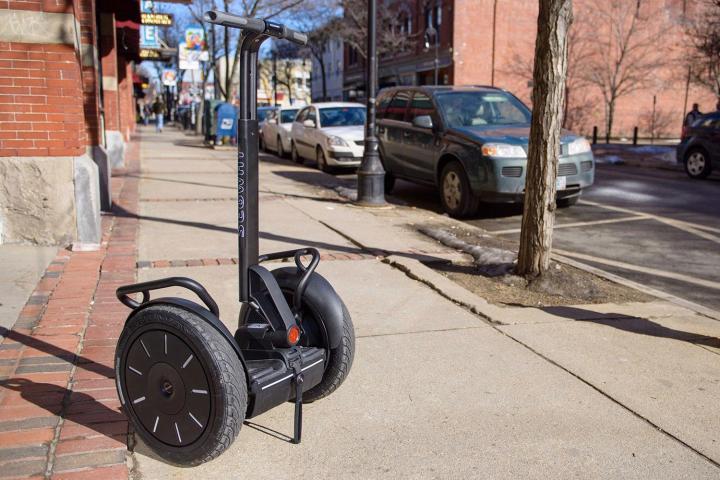
At least six companies were named in a U.S. trade complaint filed by Segway last year, and Ninebot was among them, Bloomberg reports. All of the companies sold products that seem very similar to the now-familiar two-wheeled electric scooter, described by its creator as a “people mover.”
Ninebot has quickly grown to be one of the top makers of two-wheeled transportation after starting just two years ago as a crowdfunded project. The acquisition came earlier this month, after Ninebot raised $80 million with help from Xiaomi and Sequoia Capital, according to the Wall Street Journal.
“Ninebot is a fast-growing short-distance transportation company backed by well-known investors,” said Segway president Rod Keller at the press conference announcing the acquisition. “The combination of Ninebot and Segway will bring together industry-leading research, development, engineering and manufacturing.”
The Segway was originally built by company founder Dean Kamen in 2001 and went on sale a year later. Kamen claimed that the Segway would change the world of transportation forever, but the specialty vehicle never achieved the popularity the company expected. While the Segway has become the salvation of mall security officers everywhere, it has never made its way beyond a niche market.
This isn’t the first time the company has been purchased. In 2013, Segway was acquired by Summit Strategic Investments, LLC. Previously, Segway had been acquired by a group led by Jimi Heselden. In 2010, less than a year after acquiring the company, Heselden died when the Segway he was riding went over a cliff.


